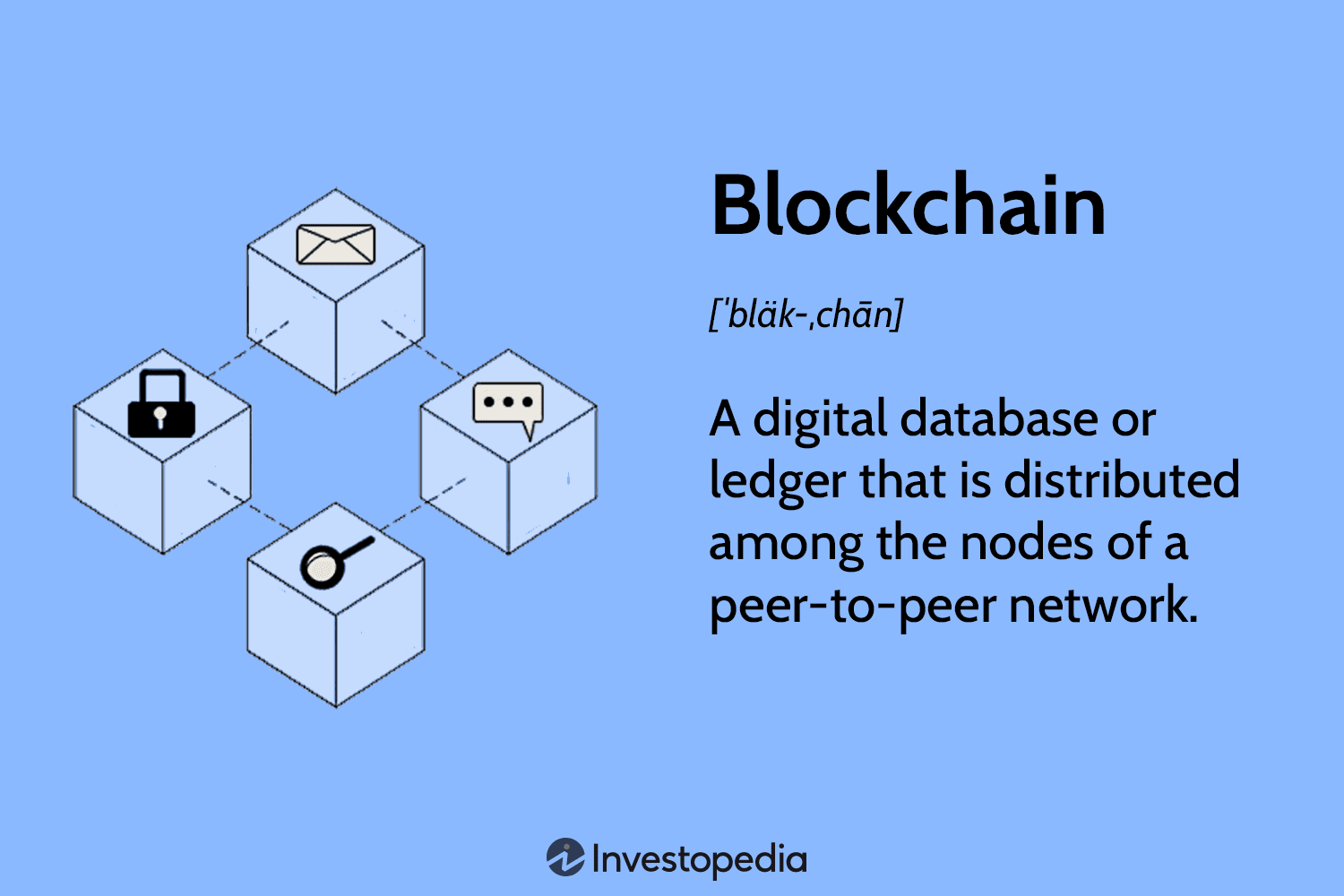The rise of Bitcoin and other digital currencies has created interest in the blockchain technology over the past few years. It’s not just the foundation for cryptocurrency; it’s an emerging technology that has tremendous potential to reshape multiple sectors. Here’s a basic overview of blockchain, its core principles, and its broader applications beyond cryptocurrency.

Introduction
A blockchain refers to a distributed, decentralized, and secure ledger which records and verifies transactions across a network of computers. Blockchain data is not stored in one location; it is duplicated throughout several computers, making it extremely resilient and difficult to alter. That is how blockchain has become attractive for storing and managing data very securely and transparently, especially in areas prone to fraud and data breaches.
Frequently Asked Questions
1. What is a blockchain and how does it work?
A blockchain is an electronic record of transactions, which are followed and validated through a computer network. It uses cryptography to secure and validate transactions. Each transaction is bundled into a block, and blocks are linked together in a chronological chain, forming the “blockchain.”
2. How is blockchain different from traditional databases?
Blockchain is a distributed ledger, basically meaning that it doesn’t have any single point of failure-it’s not actually located in any particular area. Databases are centralized and can therefore be victimized by single points of failure and data breaches. Blockchain, on the other hand is decentralized and offers security and transparency.
3. What are some the advantages of blockchain technology?
Blockchain has several advantages:
- Security: In blockchain, the decentralized network makes it highly resistant to hacking and data tampering.
- Transparency: All transactions are permanently and publicly recorded on the blockchain, thus leaving a transparent, trackable trail.
Here are the main features of blockchain decentralization:
- Distributed Ledger: Data in the Blockchain is duplicated at each node in the network making it challenging to manipulate or corrupt data.
- Peer-to-Peer Network: Nodes in the network are able to communicate with one another making sure that there is no central authority needed in this particular network.
- Consensus Mechanisms: the blockchain networks hence follows consensus mechanisms, which either imply that the network may go for the one that has used the proof-of-work or another with proof-of-stake mechanism so that every node can be in agreement about the validity of transactions.
- No Central Point of Failure: Since the blockchain is decentralized, no one can control or bring it down through a shut-down attack.
Cryptography
In blockchain, cryptography is used in securing and validating transactions. It uses mathematical algorithms to encrypt and decrypt data. For anyone to get access to information, both the encryption and decryption processes are very hard.
These are some key aspects of cryptography in blockchain:
- Hashing: Every transaction that happens on the blockchain gets a unique hash, which is a digital fingerprint describing the transaction. Algorithms of hashing ensure that even if there is some slight change made to the data of the transaction, a completely different hash would be produced.
- Efficiency: Transactions are processed fast and free of intermediaries and consequently result in much acceleration.
- Decentralization: Decentralization is one of the most central concepts in blockchain technology, which revolves around data and control distribution over different nodes in a network. Blockchain does not rely on a single central authority like the traditional approaches but instead uses a decentralized system where computers interact with each other to process and affirm the transactions.
- Digital Signatures: Transactions are then digitally signed by using private keys, so authentication and integrity of the data can be verified.
- Public-Key Cryptography: Each participant has a public key and a private key. Public keys are employed for receiving transactions, whereas private keys are used to authorize such transactions.
Smart contracts are self-executing contracts or coded contracts, stored on the blockchain and manage the mutual execution of actions between parties, and they do not require an intermediary like in a normal contract. This automatic execution provides immunity to fraud.Smart contracts are written in code, and they execute based on pre-specified conditions when they are met.Some of the key characteristics of smart contracts
- Automation: Smart contracts save people from intermediaries, making transactions faster and more efficient.
- Transparency: The smart contracts are open source; its codes can be found on the blockchain, and therefore, such a system shall better provide more transparency and accountability.
- The immutability of a smart contract : Since once the smart contract is deployed, it cannot be modified, the terms of the agreement shall never change.
- The level of security of smart contracts: Since smart contracts are secured by the cryptography of their underlying blockchain, chances of fraud or manipulation are about as remote as possible.
Consensus Mechanisms
The consensus mechanisms make sure that all nodes in the blockchain network agree on the validity of transactions. In one word, they provide a means through which the network reaches a consensus about the order of a transaction and the state of the blockchain.
Some of the popular consensus mechanisms include:
- Proof of Work: This is the feature by which, inside the network, the nodes compete to solve complex mathematical puzzles and the winner gets the privilege of adding the next block into the blockchain. It requires a lot of computational power in order to process transactions, making it energy-intensive.
- Proof-of-Stake (PoS): Network nodes “stake” the existence of cryptocurrency as collateral, and the right to add the next block is assigned based on the amount staked, which often results in mechanisms less energy-intensive compared to PoW.
- Delegated Proof-of-Stake (DPoS): Users elect delegates who are responsible for validating transactions. Such a mechanism has been designed to be more scalable and at least less energy-intensive compared to PoW.
Final Thoughts
Blockchain technology can actually change the world further beyond digital currencies. Its decentralized, secure, and transparent features qualify it to be a suitable platform for data storage and management, process automation, and facilitation of online interaction-based trust. It is through these developing and improving blockchain technology that new applications are expected to emerge in the coming years.

